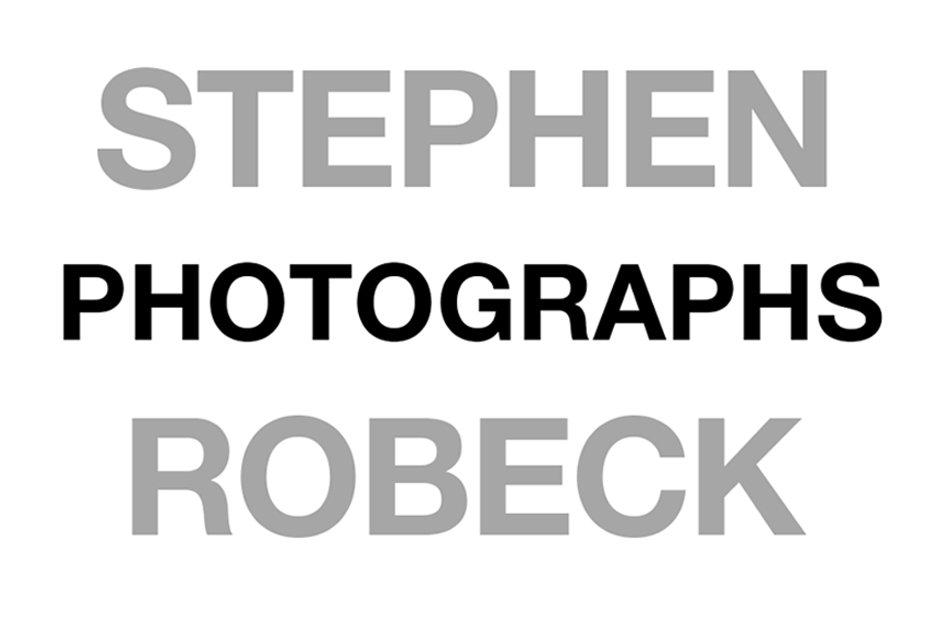Is Film Better Than Digital?
NOTE: This post was originally part of the "About" section of my website.
This is a photograph of my first digital camera, a 1988 Olympus D-500L. It was a rich gift from an old friend, retailing for close to $1,000! And this was a less-than-one megapixel camera. The camera in my iPhone records EIGHT megapixels per image. The D-500 sort of worked, but it was very slow with almost a full second between the time you pressed the shutter button and it actually recorded an image. In good light the quality was OK for snap shots but not much else. For most things I continued to use a Nikon 35Ti, a very small film camera with a very good fixed lens (no zoom), for five more years. It wasn't until 2002 that I bought another digital, a five megapixel Olympus 5050. This was still a pretty basic camera by today's standards, but at an early digital printing workshop we made 16 x 20 inch print of an image from the 5050 and the result was impressive. Another five years later I bought a Canon 5D, one of the first full-frame DSLR's (with a sensor the same size as 35mm film frame). This camera recorded 12.7 megapixel images with excellent color and dynamic range, particularly in the RAW file format (see Raw vs. JPEG). At this point, for my purposes, digital was better than 35mm film (which hadn't really changed much in the previous 20-30 years). Today we have advanced consumer cameras that record 36 megapixel images. At three times the resolution of Canon 5D, some say these rival large-format film or digital captures.
The image on the left below is from the Sony website and was taken with their new A7-R, a 36.4 megapixel camera that is about half the size of traditional DSLR's. This image could be printed at a size of 30 x 40 inches with remarkable detail. The image on the right shows (on most computer screens) what a 5-inch-wide portion of that print would look like at actual size. Since this post was written Sony has come out with the A7-R II, a 42 megapixel camera!
A number of excellent photographers still work with film. For some, particularly those who want to create very large, wall-size images, large-format film can deliver extraordinary resolution. For others it may be a matter of continuing to use the tools they already have and are comfortable with. Really learning how to work in the digital darkroom is not easy. But a few still argue that their work is more valid or creatively authentic than anything created with digital techniques. Others say that film is able to capture nuance and atmosphere more accurately than a good digital sensor. One photographer's website claims that his images are somehow more expressive because the film he used was physically “present” at the moment the shutter was snapped. I think much of this is self-serving, marketing hype.
While there are very real differences in terms of technique between film and digital, a comparison of the image rendering capability (tonal range, color and resolution) of a frame of 35mm negative film and a like-sized full frame digital sensor will show that digital is easily as good and, by some measures, better. It’s also interesting to note that many film photographers now use digital printing techniques, so their film captures are scanned to digital files for finishing ("manipulation" to some, see "Do You Manipulate Your Images") and printing. If you want to read more about this technical subject, here’s a good, understandable Wikipedia article.



